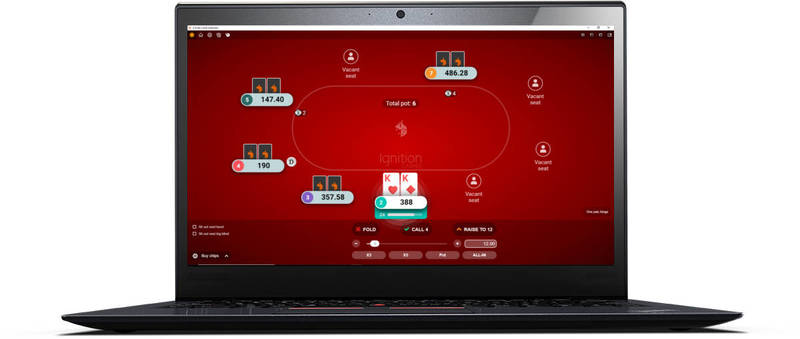Thin Value Betting (Example)
Thin Value > Example
 Here it is, the real life example that puts thin value betting in to perspective. Enjoy...
Here it is, the real life example that puts thin value betting in to perspective. Enjoy...
Thin value example hand.
It’s a $0.50/$1 NL Hold’em cash game and you hold Q![]() J
J![]() on the button. It folds around to the CO and a fairly decent player raises it to $4. You decide to call and both of the blinds fold.
on the button. It folds around to the CO and a fairly decent player raises it to $4. You decide to call and both of the blinds fold.
Flop: J![]() 7
7![]() 4
4![]() ($9.50)
($9.50)
Our opponent bets $7 in to the $9.50 pot. We have top pair here so folding is not an option. Raising isn’t great because we’re only going to fold out weaker hands and stronger hands will call or raise. We decide to call the $7 and see the turn.
Turn: A![]() ($23.50)
($23.50)
Our opponent checks. A bit of a scary card for the both of us. We only have second pair here and we don’t really want to be building a big pot, so we check behind.
River: 2![]() ($23.50)
($23.50)
Our opponent checks. This 2 doesn’t really change anything. The big question now is, is there any value in betting here? To figure this out, we need to put our opponent on a range of hands.
Step 1) Giving our opponent a range.
The Flop: Our opponent bet the flop, so they could have a hand that made a pair like Jx or 7x, maybe a 4. They could also have had a pocket pair like 88+, a flush draw or two overcards. So really when they cbet this flop their range is pretty wide.
The Turn: When they check this turn it gives a lot away about their hand. They’re unlikely to have a set or paired their ace (if they held two overcards) as they would have almost definitely bet the turn. They’re likely to have one-pair hands like Jx or 7x and the Ace has scared them. Pocket pairs like 88+ or even 55+ are also definitely in their range. There are probably a few flush draw hands in there for good measure.
The River: The 2![]() doesn’t change much, so when they check the river we can safely stick with the range we gave them on the turn.
doesn’t change much, so when they check the river we can safely stick with the range we gave them on the turn.
So that’s our opponent's range sorted.
Step 2) Evaluate the the hands we beat and don’t beat when call.
So if we break their range down in to hands we beat and hands that have us beat (that would call a bet from us):
- Hands we beat: JT, J9, J8, 88, 99, TT.
- Hands that have us beat: QQ or KK, KJ.
The decision: we should make a thin value bet.
It’s easy to see that there are definitely a lot more combinations of hands that we beat in this spot that could call us, so there is value in betting here. We don’t expect to have the best hand every time we get called, but we do expect to make a profit from betting here over the long run.
We have the best hand around 70% of the time when called (I worked this out using hand combinations). It’s not a huge edge, but it’s enough for it to be a profitable bet to make. That’s why it’s called “thin value betting” at the end of the day.
So, how much do we thin value bet here?
The pot is $23.50, so a bet of around $16 seems good.
There's no hard or fast rule when it comes to thin value bets, as it really is entirely situational. However, we're trying to achieve 2 things with our value bet:
- We want to give weaker hands the opportunity to call.
- But we still want to get good value from the hand.
If you bet too small, you miss out on value. If you bet too big, you give less incentive for weaker hands to call. You want to try and satisfy both of these conditions as best as you can with you bet. I said there is no hard and fast rule, but maybe 2/3 to 3/4 the size of the pot is a decent rule of thumb to start off with.
The two fundamental rules of thin value bets.
Thin value betting decisions are easy if you stick to these 2 important rules.
- If there are more hands in your opponents range that we beat when they call our bet, then you should bet.
- If there are more hands in your opponents range that beat us when they call our bet, then you should check behind.
The hard part is working out your opponent's range in the first place.
Go back to the awesome Texas Hold'em Strategy.
Comments

